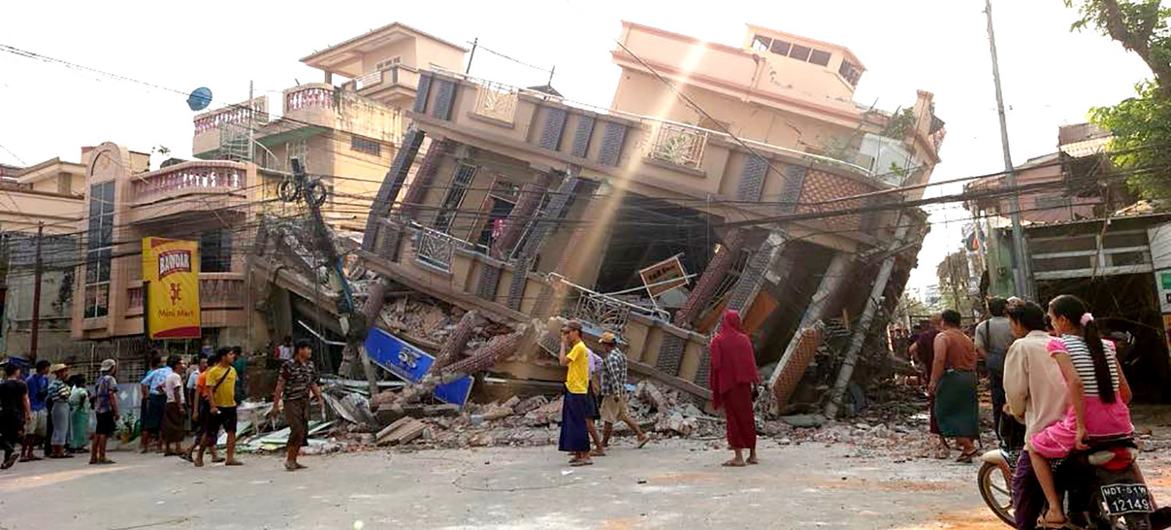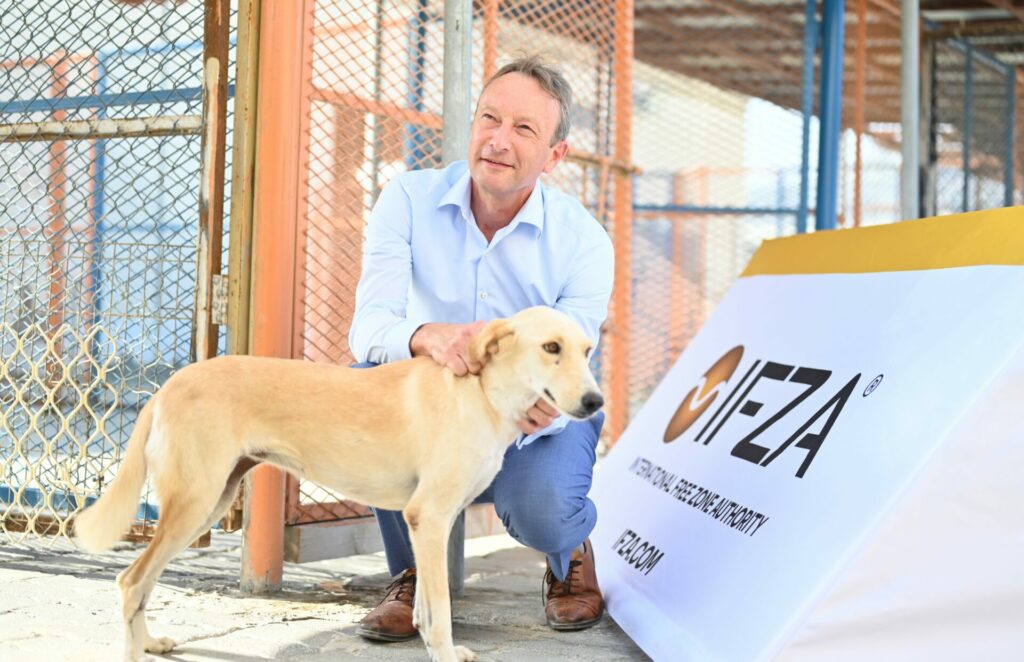The World Health Organization says the Myanmar earthquake is a top-level emergency as it urgently seeks $8 million to save lives and prevent disease outbreaks over the next 30 days.
It’s after approximately 1,700 people were confirmed dead so far, with around 3,400 injured and 300 more missing, according to the ruling military.
Across the border in Thailand, rescuers continue to pluck out survivors trapped after a 30-storey skyscraper that was under construction collapsed during the earthquake.
Officials resumed the search this morning after labouring under floodlights deep into the night. So far at least eight people have been confirmed dead, according to a whiteboard tracking the toll at the site on Saturday March 29th.
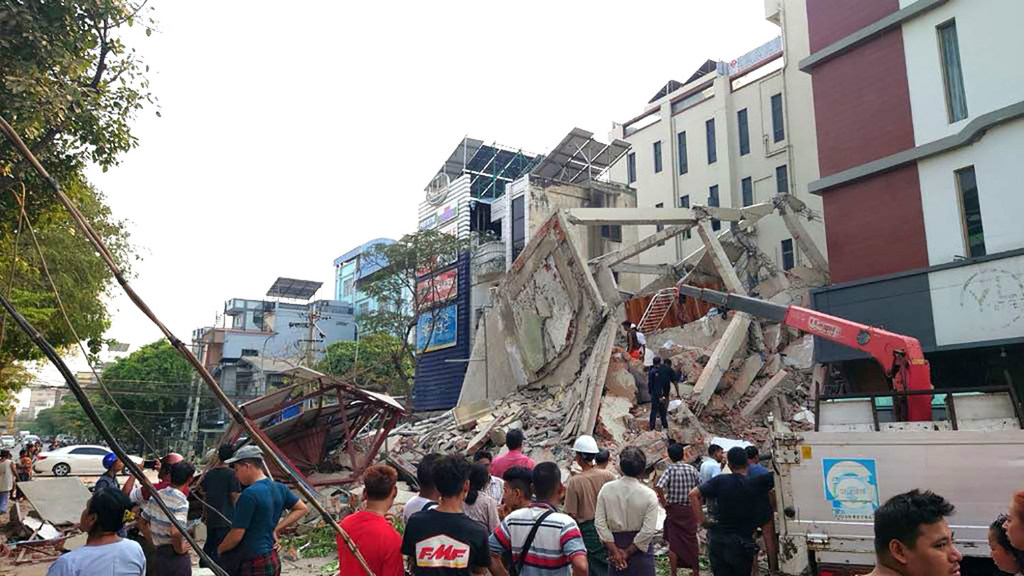
Around 1,690 houses, 670 monasteries, 60 schools and three bridges are reported to be damaged, with concerns for the structural integrity of large-scale dams.
Health agencies are preparing to deploy mobile surgical and medical teams, as well as field hospitals to the affected areas, to deliver lifesaving medical interventions to victims.
Myanmar in Shock
Thousands rushed out of their buildings in scenes of panic and chaos after the quake struck at around midday on Friday March 28th, causing numerous structures to come crashing down after the shallow 7.7 magnitude quake hit the centre of the country on Friday afternoon, followed by several strong aftershocks.
Speaking for the World Health Organization (WHO) in Geneva, Dr. Margaret Harris said relief efforts were underway in coordination with country offices in Myanmar and Thailand.
She said the agency had activated its logistics hub in Dubai to primarily provide trauma supplies and a health needs assessment is underway.
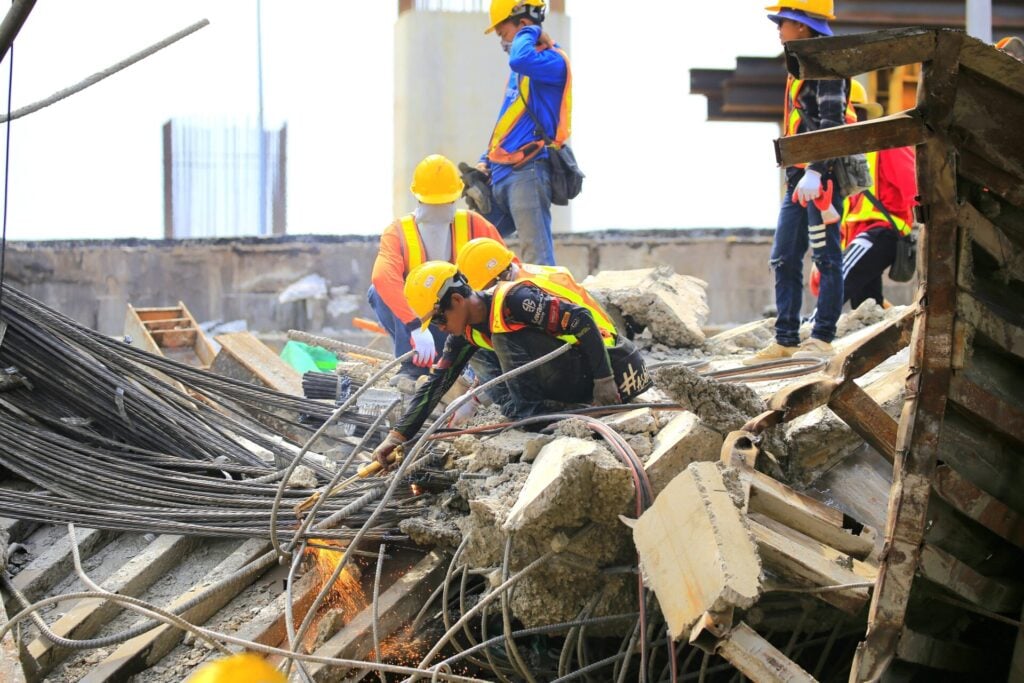
‘We are doing our best to rescue survivors,’ Yan Naing, a rescue worker at Sky Villa Condo, one of Mandalay’s most expensive apartment blocks, which collapsed when the disaster struck.
‘We heard screams last night, but this morning, there was silence. We continue to do everything we can to save lives.’
Dr Aung Win told reporters that Mandalay General Hospital had been ‘overwhelmed by the surge in patients. With so few doctors and nurses, our capacity is extremely limited, We urgently need reinforcements.’
‘It’s heartbreaking to see patients dying when they shouldn’t be, and we desperately need first aid kits. We were never prepared for a disaster like this.’
With communications badly damaged, it is likely that it will take several more days for the true toll to emerge.
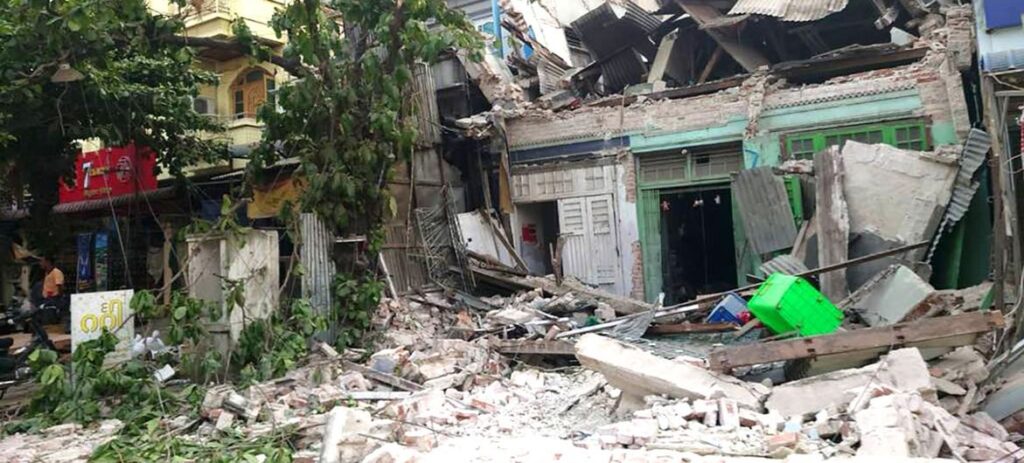
Earthquakes strike when tectonic plates, the large rocks making up the Earth’s crust, rub against each other. The United States Geological Survey says the Myanmar quake occurred due to ‘strike slip faulting’ between the India and Eurasia plates – on which Myanmar sits on top.
‘The plate boundary between the India Plate and Eurasia Plate runs approximately north-south, cutting through the middle of the country,’ said Joanna Faure Walker, a professor and earthquake expert at University College London.
The earthquake could not have hit at a worse time for Myanmar, where one third of the population are already in need of humanitarian assistance after four years of armed conflict.
The United Nations has allocated $5 million to start relief efforts.

